BURO Bar Lingo: A brief guide to vodka, its origins and types to know
The crystal clear spirit
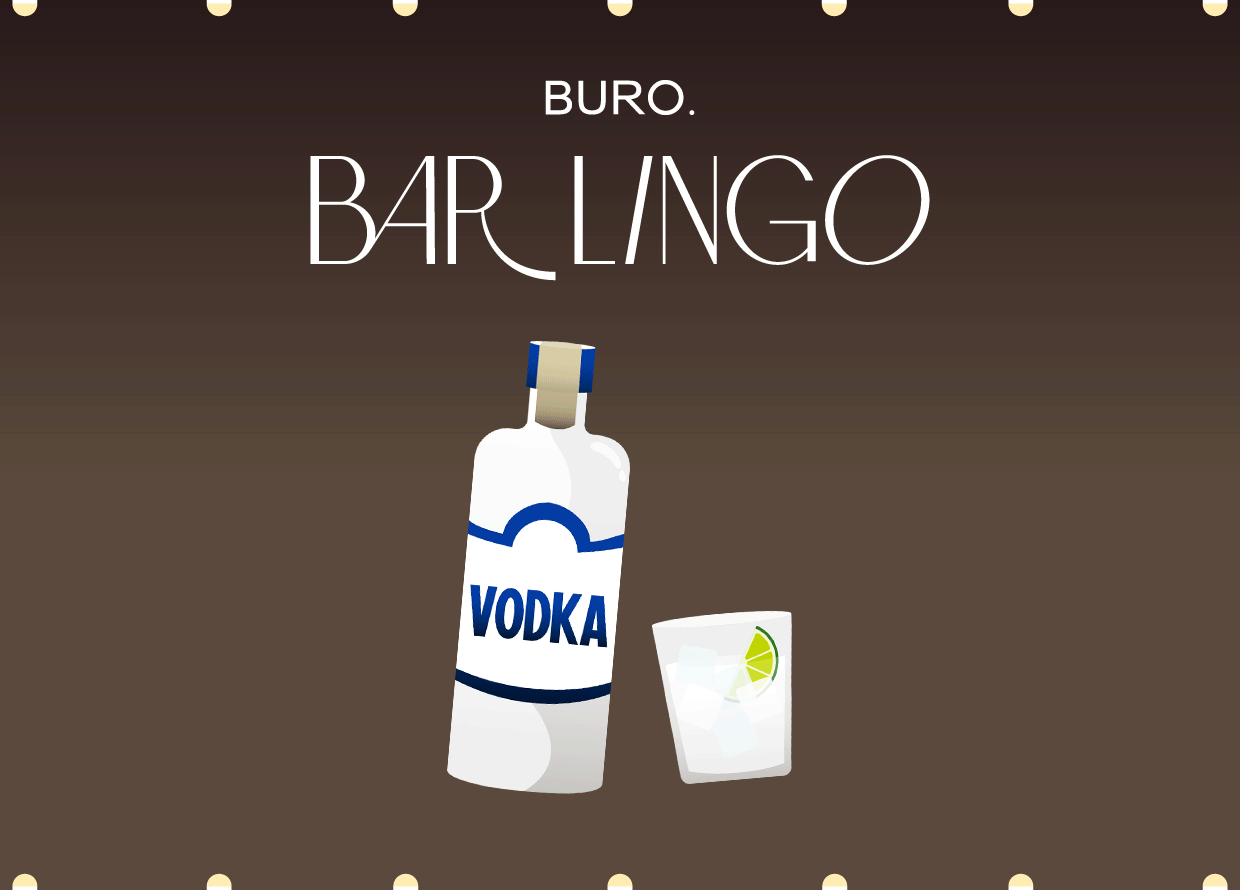
Vodka is probably one of the most ubiquitous spirits out there, and it’s also one that’s often used for making cocktails, largely due to its neutral flavour. While the world is more than familiar with this crystal clear spirit, vodka, which can be distilled from just about anything, still remains a mystery to many to a great extent.
In this edition of BURO Bar Lingo, we’re breaking down the basics of vodka, from its origins and how it is made to the different types of vodka you can find in the market today. Read on to find out more about this universal yet equivocal spirit.
What is vodka?
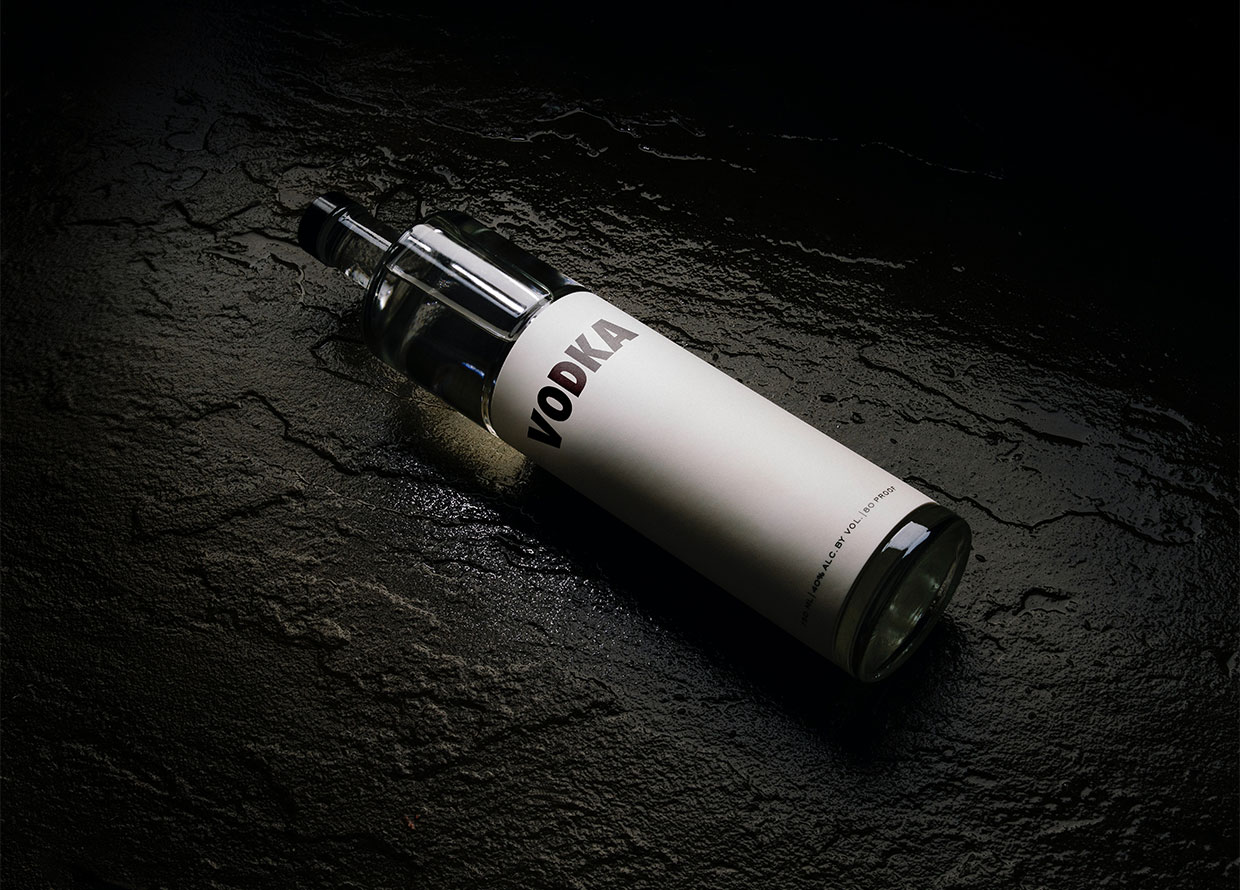
Due to its clear appearance, the name vodka actually originated from the word “voda”, which means water in Russian. In countries like Poland and Ukraine where vodka is pretty much the drink that they’re the most known for, the word vodka dates back to the Kievan Rus term “hot wine”, which can directly be translated to “wine that burns”. The result is the words “gorzalka” in Polish, and “горілка” (pronounced go-ril-ka) in Ukrainian.
Vodka is a distilled spirit that is mostly tasteless and odourless, though different brands can deliver diverse textures in terms of mouthfeel. To put it simply, vodka is mostly just made up of pure alcohol (ethanol) and water. In regards to function, this clear liquid is one of the most versatile spirits out there and can easily be adapted to a wider range of palettes, depending on what the consumer is looking for.
Where did vodka originate from?
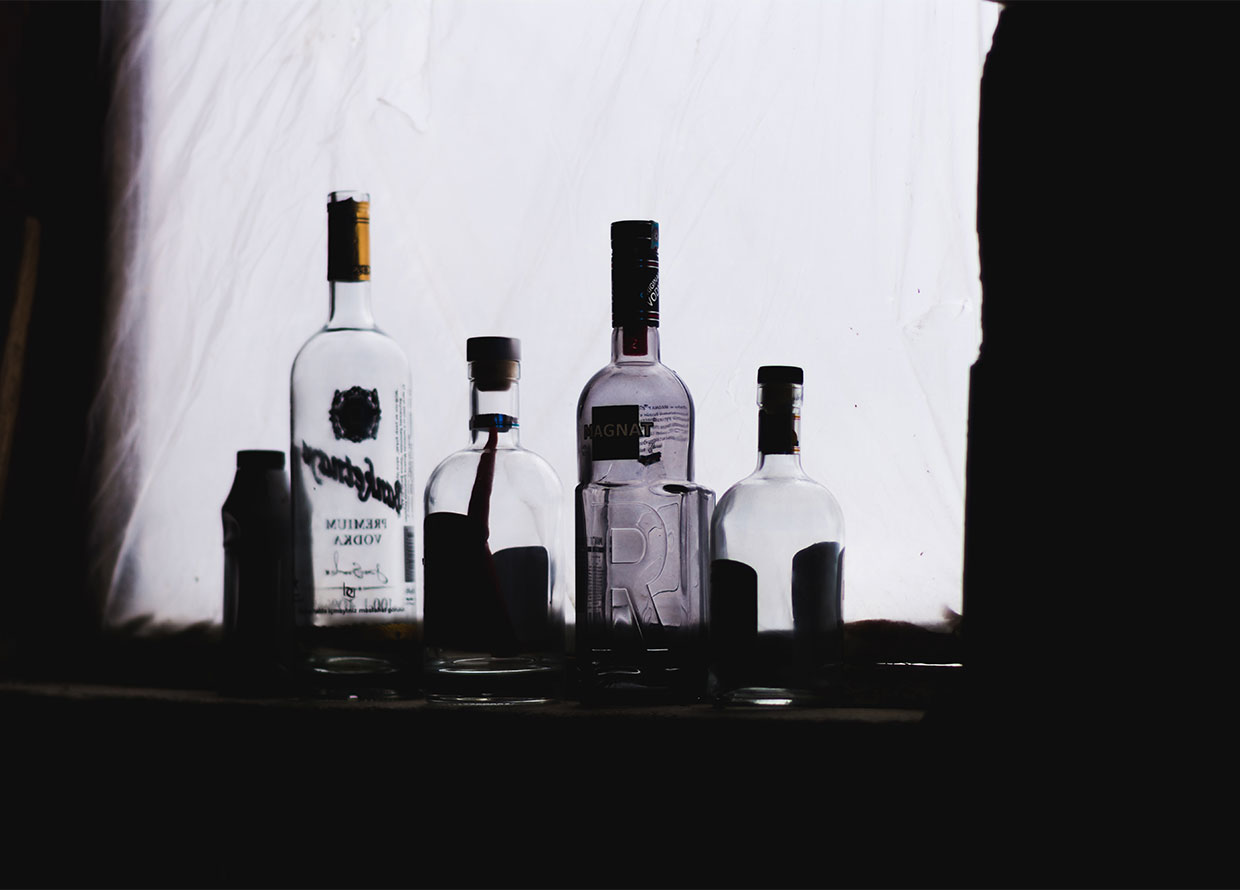
Vodka has been around since the Middle Ages and is pretty much embedded into many identities of various European cultures, particularly in countries like Russia, Poland, and Ukraine. Though it has evolved over the centuries, vodka at the time possessed a different flavour, colour and smell, and was mostly used to treat wounds or as medicine because it was believed to be a remedy against cold weather. While most vodka brands now contain roughly 40 per cent of alcohol, vodka in the past only had an estimated maximum of about 14 per cent of alcohol as that was as much its natural fermentation process could attain.
Several sources suggest that vodka used to be produced from potatoes in Russia. Later, producers of the spirit started experimenting with the fermentation of grains and its popularity skyrocketed in 1917 during the Russian Revolution across many Slavic nations. Its undeniable influence subsequently gave rise to what is known as the Vodka Belt today, signifying the many countries in the northern part of Europe with notable producers and consumers of the spirit.
How is vodka made?
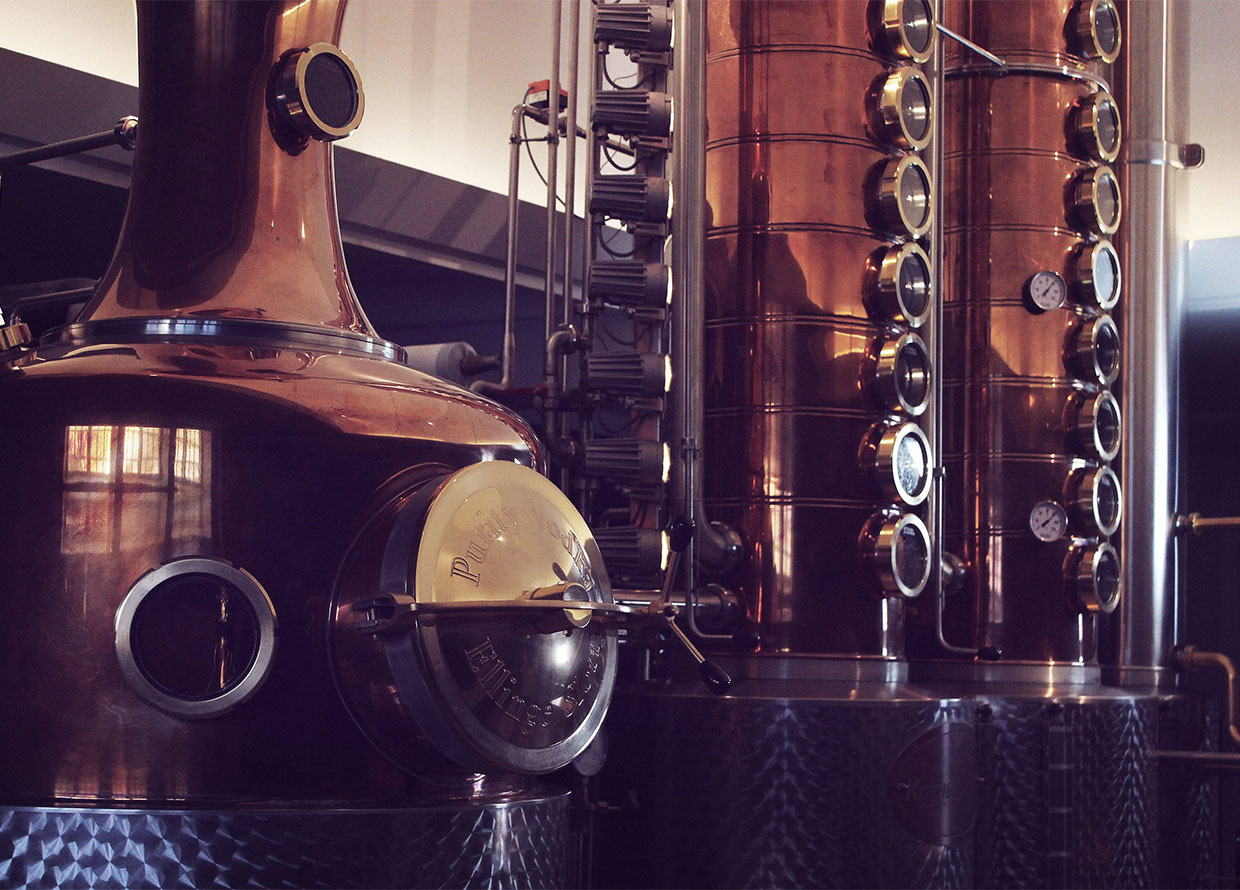
Vodka is produced through distillation, which is a process that involves evaporation and condensation using heat. This then increases the alcohol percentage, thus making vodka a hard liquor or spirit.
Here’s a brief rundown of how vodka is produced: Sugar is fed to yeast to create alcohol, which kickstarts the fermentation process. This liquid is then distilled through a column distillation process before water is added. What happens during this process is that there are big columns that are constantly injected with mash (a process combining a fusion of ground grains) and other base ingredients. The steam from the heat then rises to meet it.
The type of water used to distil the vodka also directly affects the mashing, cooling, and reduction process. Therefore, it plays a huge role in how the vodka will taste in the end. Some distillers also use other minerals like charcoal to obtain purer distillation.
The base ingredients used to make vodka can vary by country and also by distillers. Just to name a few, corn is one of the more commonly known ingredients for vodka brands like Smirnoff, and so are grapes, used by French vodka brand Ciroc. On the other hand, Poland’s most popular vodka brand Zubrowka is produced from potatoes.
Do all vodkas taste the same?
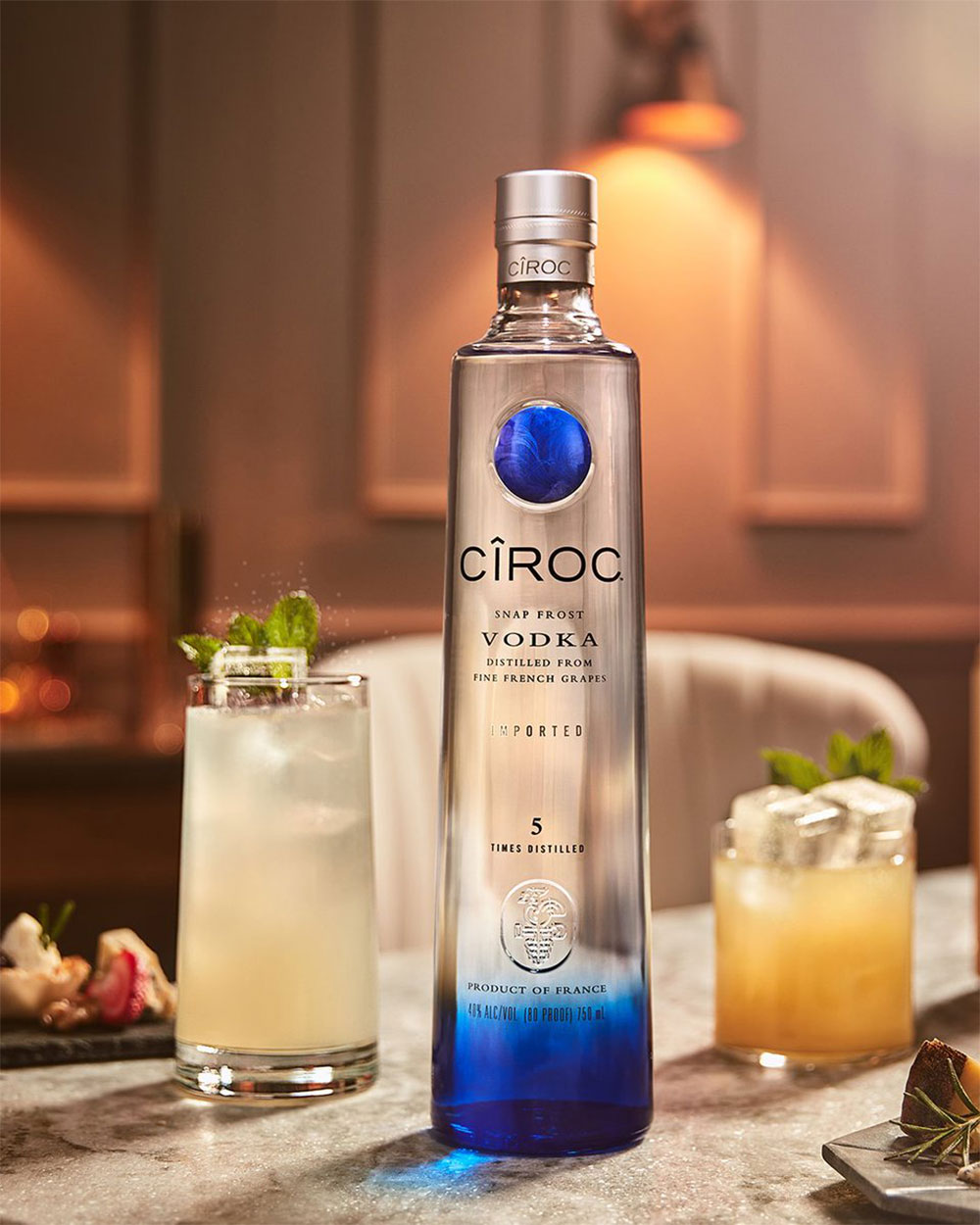
Since vodka is produced in a similar manner across various brands, the age-old question then becomes: Do all vodkas taste the same? Despite being neutral-tasting in flavour, the taste of vodka can vary based on the temperature of the distillation.
As mentioned above, vodka is one of the most used spirits to mix with today thanks to its neutral flavour. However, there is a heavy demand for flavoured vodka today. Some of the most common flavoured vodkas are infused with fruits, spices, and herbs that add a fun dimension to the flavour profile. Among the more popular cocktails that are vodka-based include the Vodka Martini, Bloody Mary, Screwdriver, Cosmopolitan, Espresso Martini, Moscow Mule, and White Russian.
Types of vodka

Plain vodka
Typically produced from wheat, corn, or potatoes, plain vodka isn’t flavoured or fused with any other ingredients. Part of the process of making plain vodka also involves filtering the liquid through charcoal or quartz, which removes impurities. It typically contains an alcohol by volume (ABV) of about 40 per cent, and is slightly sweet and smooth.
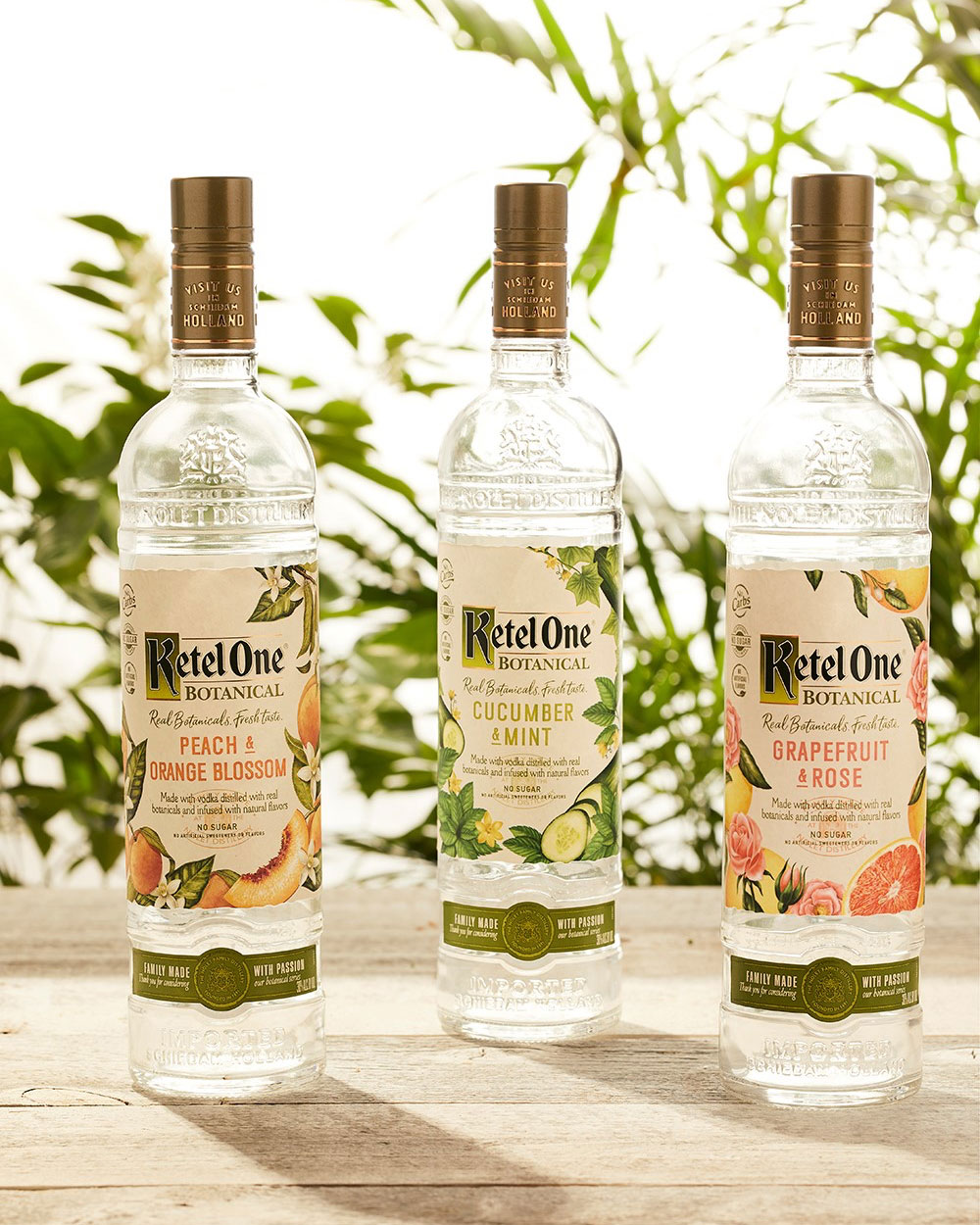
Fruit vodka
Fruit vodka is made from fruits (obviously), typically including cranberries, raspberries, apples, grapes, and blackberries. When it is produced, fruit vodkas are made by fermenting the fruit for long periods of time before being distilled. It can take from days to weeks to produce depending on the fruit used, and contains an ABV of about 40 to 50 per cent.
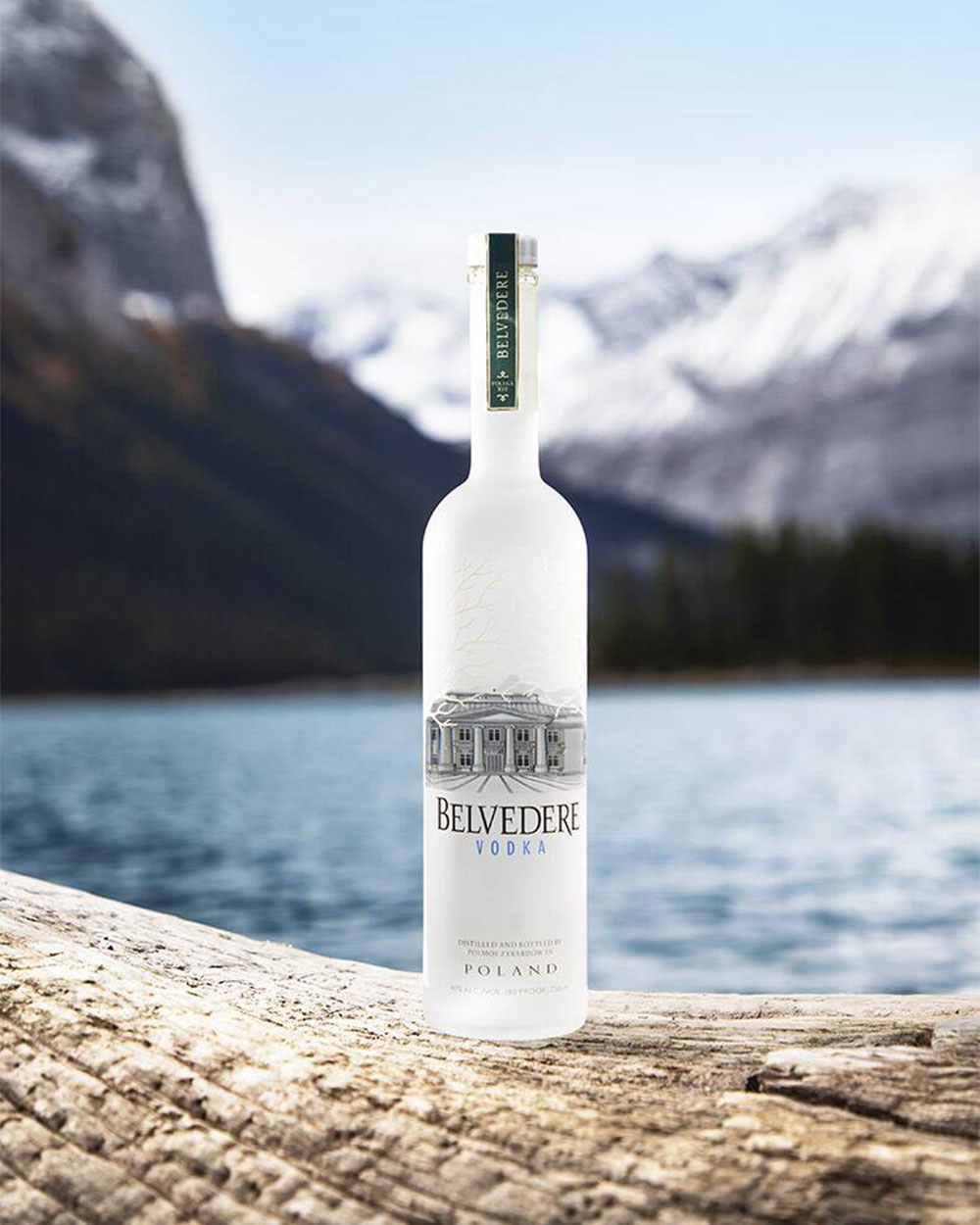
Grain vodka
Made using grains like wheat, rye, and barley, grain vodka is usually smoother and has a different flavour from plain vodka. Some also say it tastes earthier or nuttier. In order to remove any trace flavours from the grains, the vodka goes through multiple distillation processes. While most grain vodka has an ABV of 40 per cent, some can go as high as 50 per cent ABV.
For more BURO Bar Lingo stories, click here.
| SHARE THE STORY | |
| Explore More |




